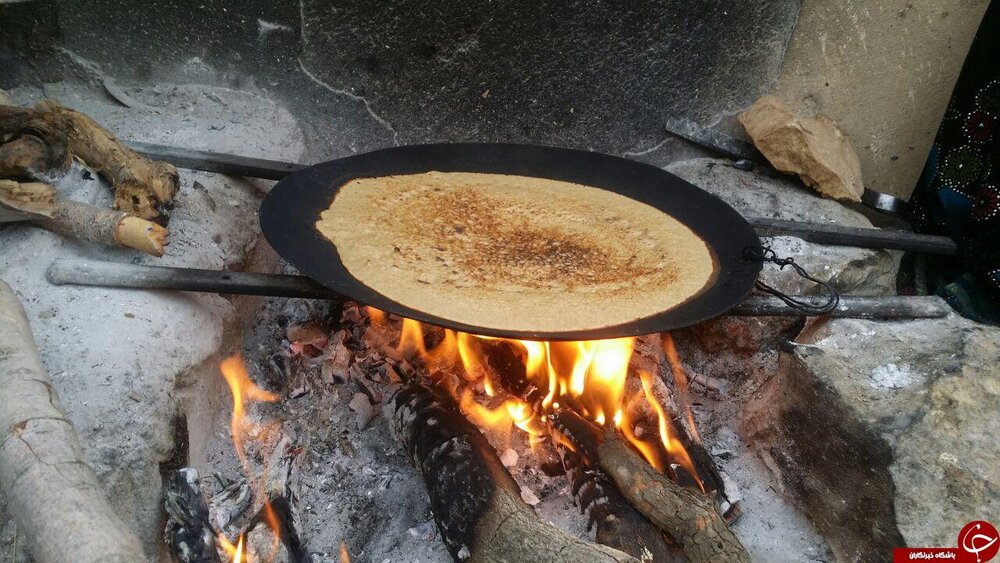Skills of bread-making win cultural heritage status

TEHRAN – Two separate traditional skills of bread-making, which have long been practiced in the western province of Ilam, have won national cultural heritage status.
On Monday, the bread-making skills along with six other cultural elements were announced to be registered on the National Intangible Cultural Heritage list according to the Ministry of Cultural Heritage, Tourism, and Handicrafts.
The tradition of sporting a customary headscarf called “Golvani”, which is said to date back to the Achaemenid era (c. 550 – 330 BC), and the art of making traditional sweet of Kalekonji were registered on the prestigious list as well, CHTN reported.
Iranian flatbread is produced by cooking fermented dough, basically made from wheat flour, yeast, and water. Several additives may be added to the wheat flour-yeast-water dough to increase the shelf life of bread and improve its sweetness, quality, or even nutritional value.
The most commonly used additives are vegetables (such as potato, onion, and spinach), fruits and nuts (such as raisins, walnuts, and peanuts), seeds (such as poppy, cumin, and sesame), salt, sugars, lipids, milk, egg, spices, and food starches.
Home to almost half of Iran’s UNESCO sites, western Iran is a land of hospitable people, wild extremes, and wilder history, and it may be an independent traveler's adventure playground. The region also witnessed the rise and fall of many great empires once bordering Mesopotamia, Ottoman Turkey, and Czarist Russia.
ABU/AFM
Leave a Comment